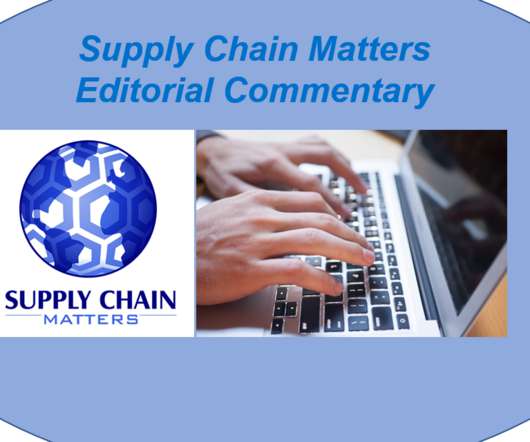RFID in the Supply Chain: Fizzling Technology or the Future of Effective SCM?
GlobalTranz
MARCH 1, 2018
In 2003, Walmart announced that all of its suppliers would need to have Radio frequency identification (RFID) tags on all pallets and cases by 2006. According to Atlas RFID, Active RFID tags require a power source, and therefore can initiate communication with a reader (beacon). RFID Tags Are Resurging in the Supply Chain.































Let's personalize your content